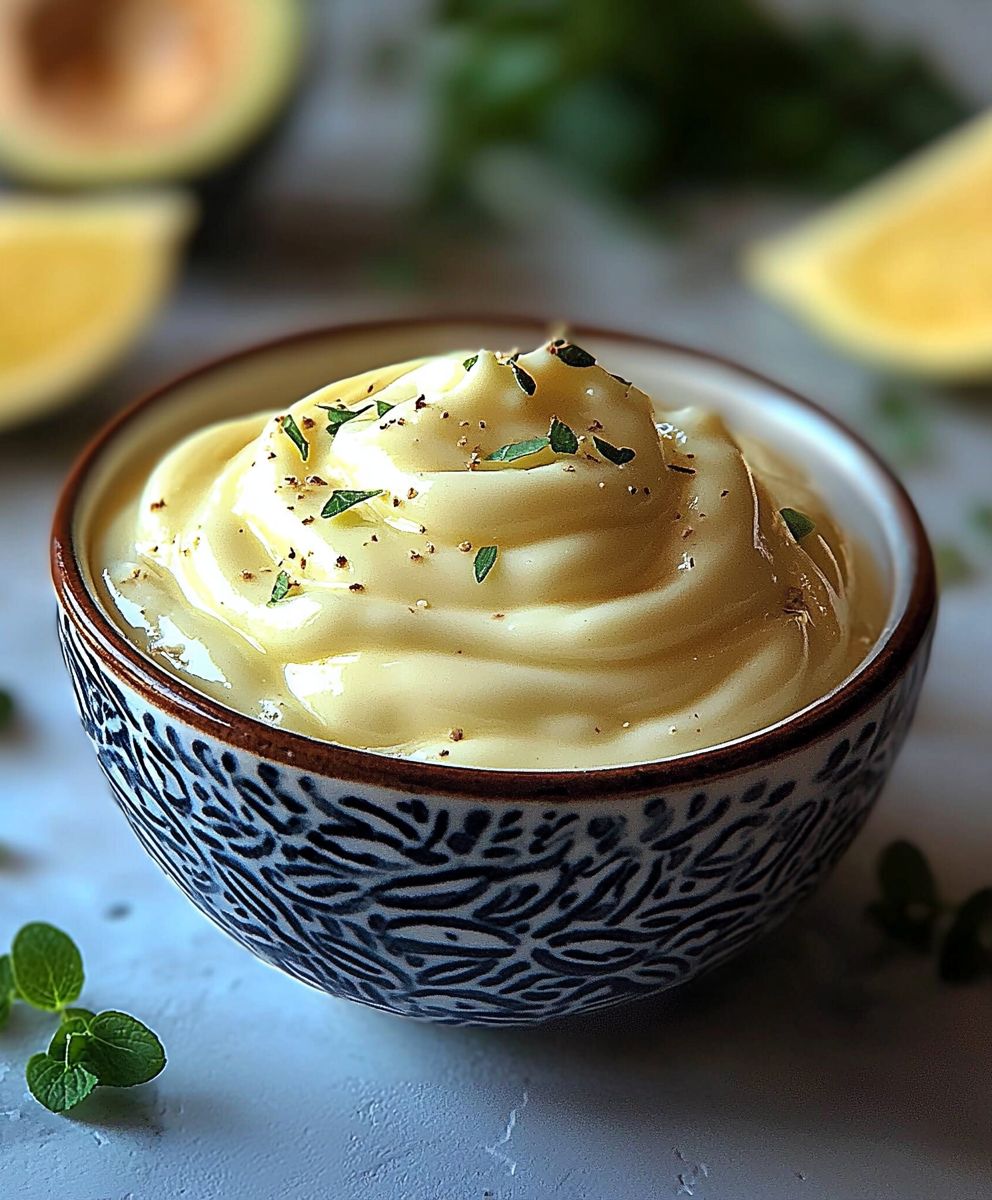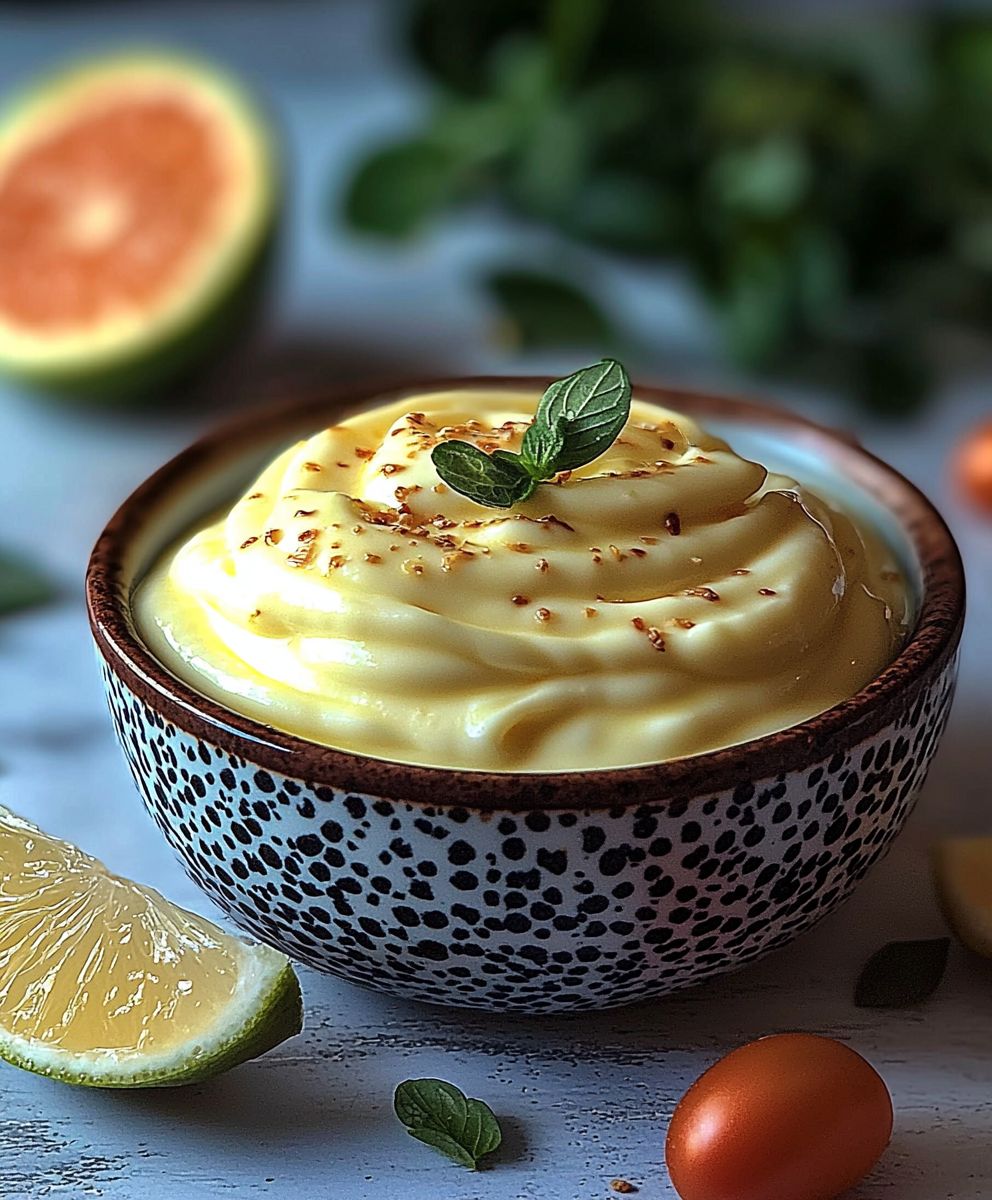Homemade Mayonnaise: it’s more than just a condiment; it’s a culinary cornerstone! Have you ever tasted a sandwich so divine, a salad so creamy, or a dip so rich that it made you close your eyes and savor the moment? Chances are, the secret ingredient was impeccably made mayonnaise. Forget the bland, store-bought stuff we’re talking about a velvety, tangy, and utterly irresistible emulsion that will elevate your dishes to a whole new level.
Mayonnaise, with its humble beginnings possibly tracing back to 18th-century France, has become a global staple. While its exact origins are debated, its impact on cuisine is undeniable. From the classic aioli of the Mediterranean to the countless variations found worldwide, mayonnaise has proven its versatility and enduring appeal.
But why do people adore this creamy concoction? It’s simple: the taste and texture are unparalleled. The smooth, luxurious mouthfeel, combined with the bright acidity and subtle richness, creates a symphony of flavors that complements everything from crispy fries to delicate seafood. Plus, learning to make homemade mayonnaise is surprisingly easy and quick, giving you complete control over the ingredients and allowing you to customize the flavor to your exact preferences. So, ditch the jar and let’s embark on a culinary adventure to create the perfect batch of mayonnaise!
Ingredients:
- 1 large egg yolk, preferably from a pastured chicken
- 1 tablespoon lemon juice, freshly squeezed (or white wine vinegar)
- 1 teaspoon Dijon mustard
- 1/4 teaspoon salt, or more to taste
- 1/4 teaspoon white pepper, or more to taste
- 1 cup neutral-tasting oil, such as avocado oil, grapeseed oil, or light olive oil (avoid extra virgin olive oil, as it can be too strong)
- Optional: A pinch of cayenne pepper for a little kick
- Optional: 1/2 teaspoon of your favorite herbs, finely chopped (such as dill, chives, or tarragon)
Preparing the Emulsion: The Key to Success
Making mayonnaise at home is all about creating a stable emulsion. An emulsion is a mixture of two liquids that don’t normally mix, like oil and water (or in this case, the water content in the egg yolk and lemon juice). The key is to add the oil very slowly at first, allowing the egg yolk to fully incorporate it and create a stable base. Patience is your best friend here!
Step-by-Step Instructions:
- Combine the Base Ingredients: In a clean bowl (glass or stainless steel works best), add the egg yolk, lemon juice (or white wine vinegar), Dijon mustard, salt, and white pepper. Whisk these ingredients together vigorously until they are well combined and slightly pale in color. This usually takes about 30 seconds to a minute. The mustard acts as an emulsifier, helping to stabilize the mayonnaise.
- Start the Emulsion: The Slow Drizzle: This is the most crucial step. Begin adding the oil drop by drop while continuously whisking. Seriously, drop by drop! You can use a measuring cup with a spout or a squeeze bottle to control the flow of oil. The goal is to create a thick, stable base before adding the oil more quickly. If you add the oil too quickly at this stage, the mayonnaise will likely break (separate).
- Gradually Increase the Oil Flow: Once the mixture starts to thicken and become pale yellow (after about 2-3 tablespoons of oil have been added drop by drop), you can gradually increase the flow of oil to a very thin, steady stream. Continue whisking constantly and vigorously. The mixture should continue to thicken as you add more oil.
- Continue Adding Oil and Whisking: Keep adding the oil in a thin, steady stream, whisking constantly until all the oil is incorporated and the mayonnaise is thick and creamy. This process can take several minutes, so be prepared for a bit of an arm workout! If you notice the mayonnaise starting to look too thick, you can add a few drops of water to thin it out.
- Taste and Adjust Seasoning: Once all the oil is incorporated, taste the mayonnaise and adjust the seasoning as needed. You may want to add a little more salt, white pepper, or lemon juice to brighten the flavor. If you’re using any optional ingredients like cayenne pepper or herbs, now is the time to add them. Stir them in gently to combine.
- Troubleshooting: If Your Mayonnaise Breaks: Don’t panic! If your mayonnaise separates (looks curdled or oily), it means the emulsion has broken. There are a few ways to fix it:
- The Egg Yolk Method: In a clean bowl, whisk another egg yolk with a teaspoon of Dijon mustard. Then, very slowly, drop by drop, whisk in the broken mayonnaise as if it were the oil. This will often re-emulsify the mixture.
- The Water Method: Place a tablespoon of warm water in a clean bowl. Slowly whisk the broken mayonnaise into the water, drop by drop at first, then in a thin stream, until the emulsion comes back together.
- Storage: Transfer the homemade mayonnaise to an airtight container and store it in the refrigerator. Homemade mayonnaise will keep for about 5-7 days. Be sure to label it with the date you made it.
Tips for Success:
- Use Room Temperature Ingredients: Make sure your egg yolk and lemon juice are at room temperature. This helps them emulsify more easily.
- Choose the Right Oil: Avoid using extra virgin olive oil, as its strong flavor can overpower the mayonnaise. Neutral-tasting oils like avocado oil, grapeseed oil, or light olive oil are best.
- Whisk Vigorously: Consistent and vigorous whisking is essential for creating a stable emulsion. If you have a stand mixer, you can use the whisk attachment for this process.
- Add the Oil Slowly: I can’t stress this enough! Adding the oil too quickly is the most common reason why mayonnaise breaks. Be patient and add it drop by drop at first.
- Clean Equipment: Make sure your bowl and whisk are clean and dry. Any residue can interfere with the emulsification process.
Serving Suggestions:
Homemade mayonnaise is incredibly versatile and can be used in a variety of ways:
- As a Condiment: Use it on sandwiches, burgers, and wraps.
- In Salads: Add it to potato salad, coleslaw, and egg salad.
- As a Dip: Serve it with crudités, fries, or onion rings.
- As a Base for Sauces: Use it as a base for aioli, tartar sauce, and remoulade.
- With Seafood: It’s a classic accompaniment to shrimp, crab, and lobster.
Variations: Spice it Up!
Once you’ve mastered the basic recipe, feel free to experiment with different flavors and ingredients:
- Garlic Aioli: Add 1-2 cloves of minced garlic to the mayonnaise.
- Chipotle Mayonnaise: Add 1-2 teaspoons of chipotle powder or adobo sauce.
- Sriracha Mayonnaise: Add 1-2 teaspoons of Sriracha sauce.
- Herb Mayonnaise: Add 1-2 tablespoons of finely chopped fresh herbs, such as dill, chives, parsley, or tarragon.
- Lemon-Herb Mayonnaise: Add the zest of one lemon along with your favorite herbs.
- Roasted Red Pepper Mayonnaise: Blend in a roasted red pepper (skin removed) for a vibrant color and smoky flavor.
- Wasabi Mayonnaise: Add 1-2 teaspoons of wasabi paste for a spicy kick.
Why Homemade Mayonnaise is Worth the Effort:
While store-bought mayonnaise is convenient, homemade mayonnaise offers several advantages:
- Superior Flavor: Homemade mayonnaise has a richer, fresher, and more complex flavor than store-bought versions.
- Customizable: You can adjust the flavor to your liking by adding different herbs, spices, and other ingredients.
- Healthier Ingredients: You control the ingredients that go into your mayonnaise, so you can avoid artificial preservatives, additives, and unhealthy oils.
- Sense of Accomplishment: There’s something incredibly satisfying about making your own mayonnaise from scratch.
Enjoy your delicious, homemade mayonnaise!

Conclusion:
So there you have it! This Homemade Mayonnaise recipe isn’t just another condiment; it’s a gateway to a world of flavor you never knew existed. Seriously, once you taste the difference between this and the store-bought stuff, you’ll never go back. It’s richer, creamier, and bursting with a fresh, clean taste that elevates everything it touches.
Why is this a must-try? Because it’s incredibly simple, uses ingredients you probably already have, and takes only minutes to whip up. Plus, you have complete control over what goes into it, meaning no artificial preservatives or weird additives. You’re getting pure, unadulterated deliciousness. And let’s be honest, there’s a certain satisfaction that comes from making something so fundamental from scratch. It’s empowering!
But the real magic lies in its versatility. Think beyond just slathering it on sandwiches (though, trust me, it will make your sandwiches sing!). This Homemade Mayonnaise is the perfect base for countless other sauces and dressings. Want a zesty aioli? Just add some minced garlic and lemon zest. Craving a spicy chipotle mayo? Blend in a chipotle pepper in adobo sauce. Need a creamy tartar sauce for your fish and chips? Mix in some chopped pickles, capers, and fresh dill. The possibilities are truly endless!
Here are a few serving suggestions to get you started:
* Classic Sandwiches: Elevate your turkey, ham, or veggie sandwiches with a generous spread of this creamy goodness.
* Deviled Eggs: Use it as the base for your deviled egg filling for an extra rich and flavorful appetizer.
* Potato Salad: Transform your potato salad from ordinary to extraordinary with this homemade mayo.
* Coleslaw: Create a tangy and delicious coleslaw dressing by combining it with vinegar, sugar, and spices.
* Dipping Sauce: Serve it as a dipping sauce for fries, vegetables, or grilled meats.
* Burger Topping: Forget the ketchup and mustard this mayo is the perfect burger topping.
And don’t be afraid to experiment with variations! Try using different oils, like avocado oil or olive oil, for a unique flavor profile. Add a pinch of smoked paprika for a smoky kick, or a dash of cayenne pepper for some heat. You can even infuse it with herbs like rosemary or thyme for a more sophisticated flavor. The only limit is your imagination!
I truly believe that everyone should know how to make their own mayonnaise. It’s a skill that will impress your friends and family, and it will undoubtedly elevate your cooking to the next level. So, ditch the store-bought stuff and give this recipe a try. I promise you won’t be disappointed.
Now, it’s your turn! I’m so excited for you to experience the joy of making your own Homemade Mayonnaise. Once you’ve tried it, please come back and share your experience in the comments below. Let me know what variations you tried, what you served it with, and what your family and friends thought. I can’t wait to hear all about it! Happy cooking!
Homemade Mayonnaise: The Ultimate Guide to Making It Perfect
Rich, creamy homemade mayonnaise with a superior flavor. Customize it with herbs, spices, or garlic for a unique condiment.
Ingredients
- 1 large egg yolk, preferably from a pastured chicken
- 1 tablespoon lemon juice, freshly squeezed (or white wine vinegar)
- 1 teaspoon Dijon mustard
- 1/4 teaspoon salt, or more to taste
- 1/4 teaspoon white pepper, or more to taste
- 1 cup neutral-tasting oil, such as avocado oil, grapeseed oil, or light olive oil (avoid extra virgin olive oil, as it can be too strong)
- A pinch of cayenne pepper for a little kick
- 1/2 teaspoon of your favorite herbs, finely chopped (such as dill, chives, or tarragon)
Instructions
- Combine the Base Ingredients: In a clean bowl (glass or stainless steel works best), add the egg yolk, lemon juice (or white wine vinegar), Dijon mustard, salt, and white pepper. Whisk these ingredients together vigorously until they are well combined and slightly pale in color. This usually takes about 30 seconds to a minute. The mustard acts as an emulsifier, helping to stabilize the mayonnaise.
- Start the Emulsion: The Slow Drizzle: This is the most crucial step. Begin adding the oil drop by drop while continuously whisking. Seriously, drop by drop! You can use a measuring cup with a spout or a squeeze bottle to control the flow of oil. The goal is to create a thick, stable base before adding the oil more quickly. If you add the oil too quickly at this stage, the mayonnaise will likely break (separate).
- Gradually Increase the Oil Flow: Once the mixture starts to thicken and become pale yellow (after about 2-3 tablespoons of oil have been added drop by drop), you can gradually increase the flow of oil to a very thin, steady stream. Continue whisking constantly and vigorously. The mixture should continue to thicken as you add more oil.
- Continue Adding Oil and Whisking: Keep adding the oil in a thin, steady stream, whisking constantly until all the oil is incorporated and the mayonnaise is thick and creamy. This process can take several minutes, so be prepared for a bit of an arm workout! If you notice the mayonnaise starting to look too thick, you can add a few drops of water to thin it out.
- Taste and Adjust Seasoning: Once all the oil is incorporated, taste the mayonnaise and adjust the seasoning as needed. You may want to add a little more salt, white pepper, or lemon juice to brighten the flavor. If you’re using any optional ingredients like cayenne pepper or herbs, now is the time to add them. Stir them in gently to combine.
- Troubleshooting: If Your Mayonnaise Breaks: Don’t panic! If your mayonnaise separates (looks curdled or oily), it means the emulsion has broken. There are a few ways to fix it:
- The Egg Yolk Method: In a clean bowl, whisk another egg yolk with a teaspoon of Dijon mustard. Then, very slowly, drop by drop, whisk in the broken mayonnaise as if it were the oil. This will often re-emulsify the mixture.
- The Water Method: Place a tablespoon of warm water in a clean bowl. Slowly whisk the broken mayonnaise into the water, drop by drop at first, then in a thin stream, until the emulsion comes back together.
- Storage: Transfer the homemade mayonnaise to an airtight container and store it in the refrigerator. Homemade mayonnaise will keep for about 5-7 days. Be sure to label it with the date you made it.
Notes
- Use room temperature ingredients for easier emulsification.
- Avoid extra virgin olive oil; opt for neutral-tasting oils.
- Whisk vigorously and consistently.
- Add oil very slowly, especially at the beginning.
- Ensure equipment is clean and dry.

